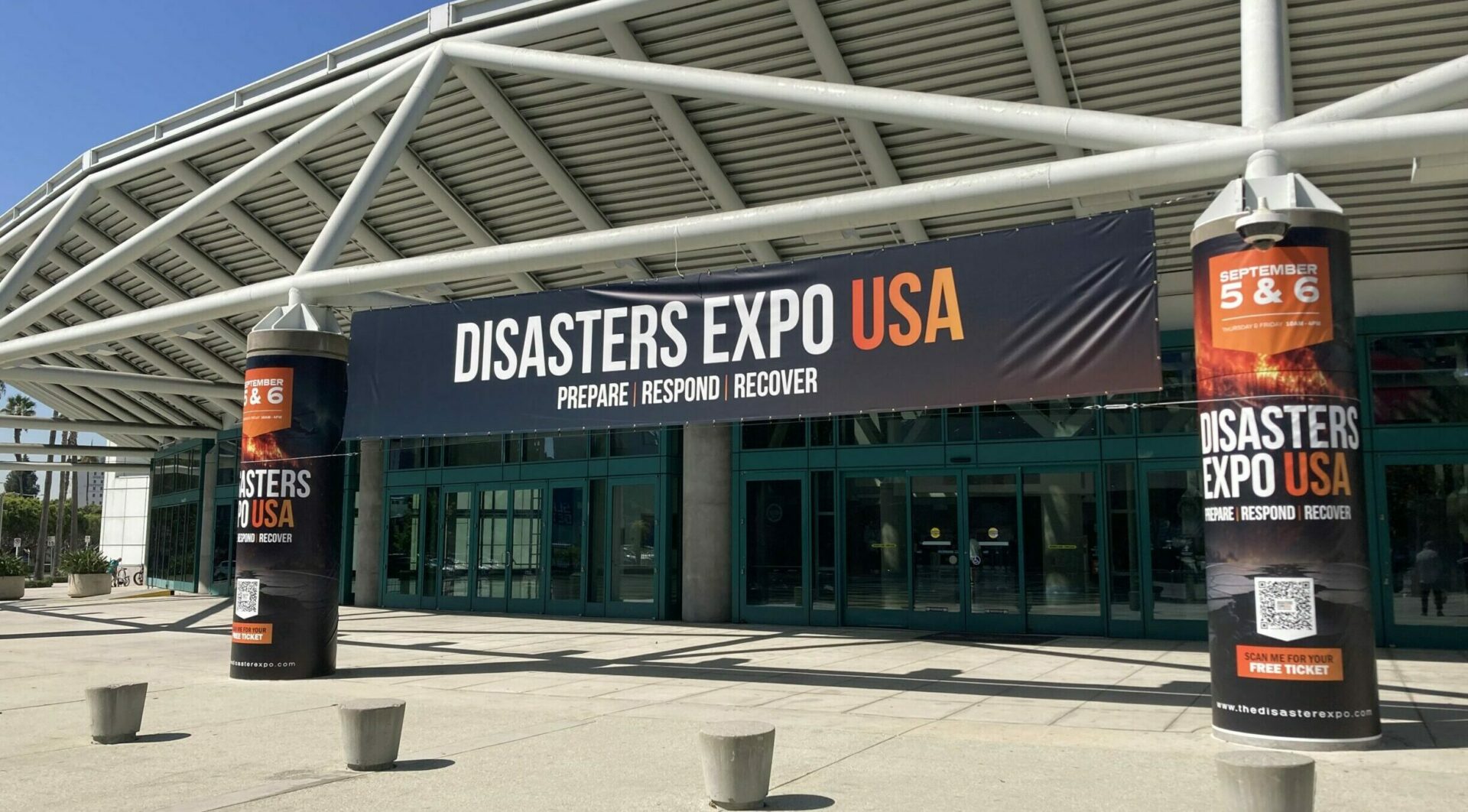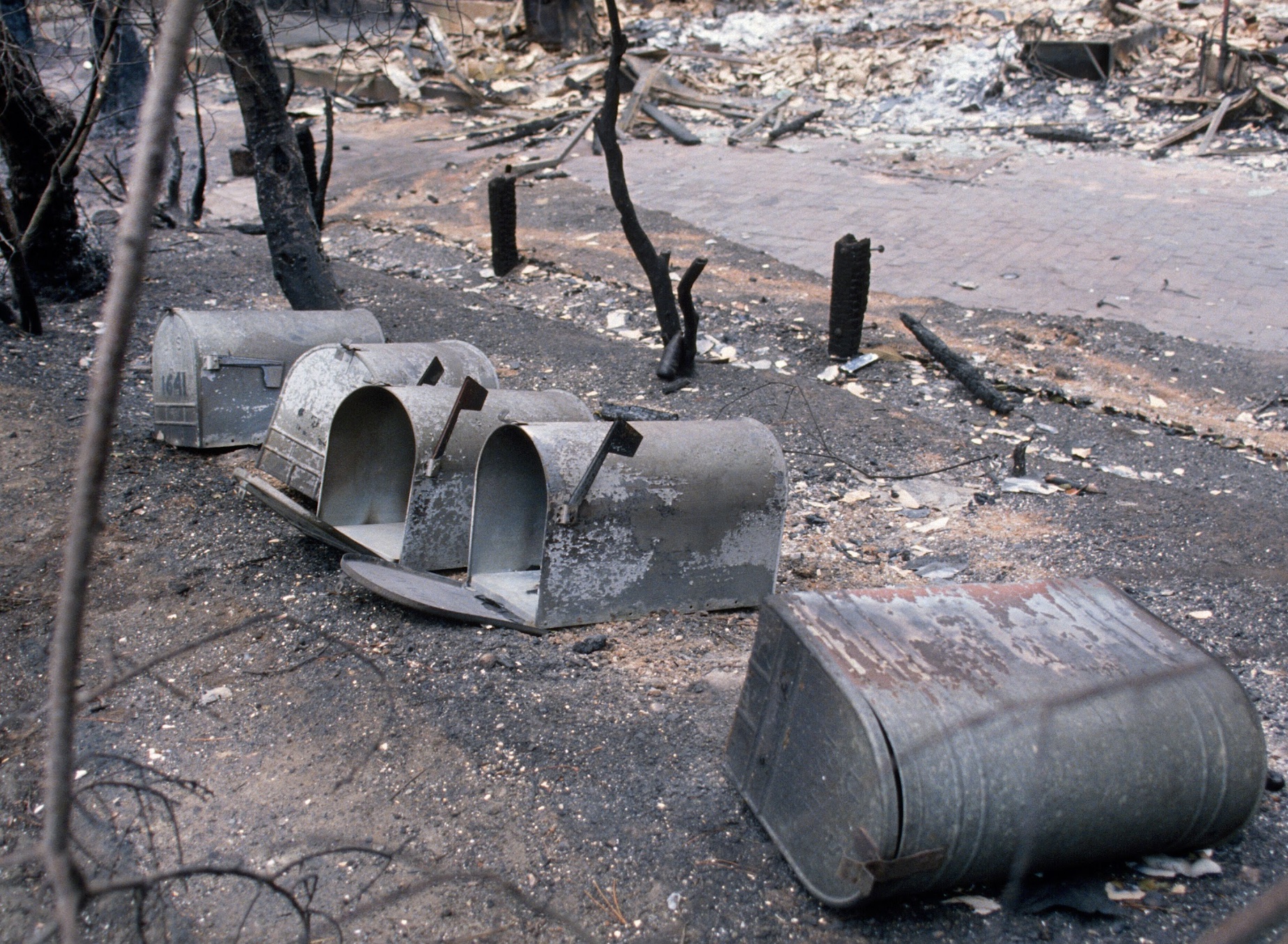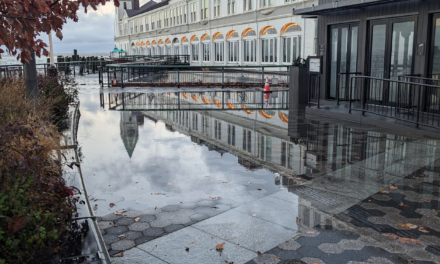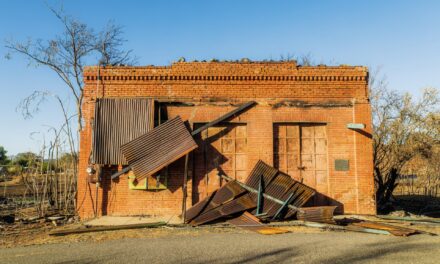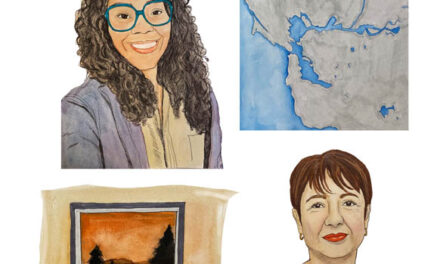Be Prepared for So Much More than the Big One
I may be unprepared for fires, floods, quakes, and extreme weather, but for others it’s clearly big business.
I’m at the Disasters Expo at the Los Angeles Convention Center feeling overwhelmed. Everywhere I turn there are more signs that I am not ready for the climate disaster which will eventually befall me. I live in LA, so chances are it will be “the big one,” an earthquake of such magnitude that it could destroy Southern California.
But it’s not just earthquakes. The drumbeat of climate change means that more and more of us will experience extreme and destructive weather events — no matter where we live.
Luckily, you name the act of God or Mother Nature and I’ll show you the expo vendor selling a product to help you prepare. Worried about flooding? There are flood-proof bags for that. Wildfire? Stay on alert with a telescoping boom equipped with infrared cameras that can see for miles. Zombie apocalypse? There are shipping container bunkers that will keep you safe from the marauding (and starving) hordes.
There are drop-in sessions about earthquakes, wildfires, and hurricanes, oh my. I mill about the convention floor with a diverse mix of disaster and climate professionals in polos and blazers, preppers in dadcore, and ordinary people with a yen for the apocalyptic. Water in a can? Duct tape for wounds? Bedbug-proof mattresses? Check, check, and check.
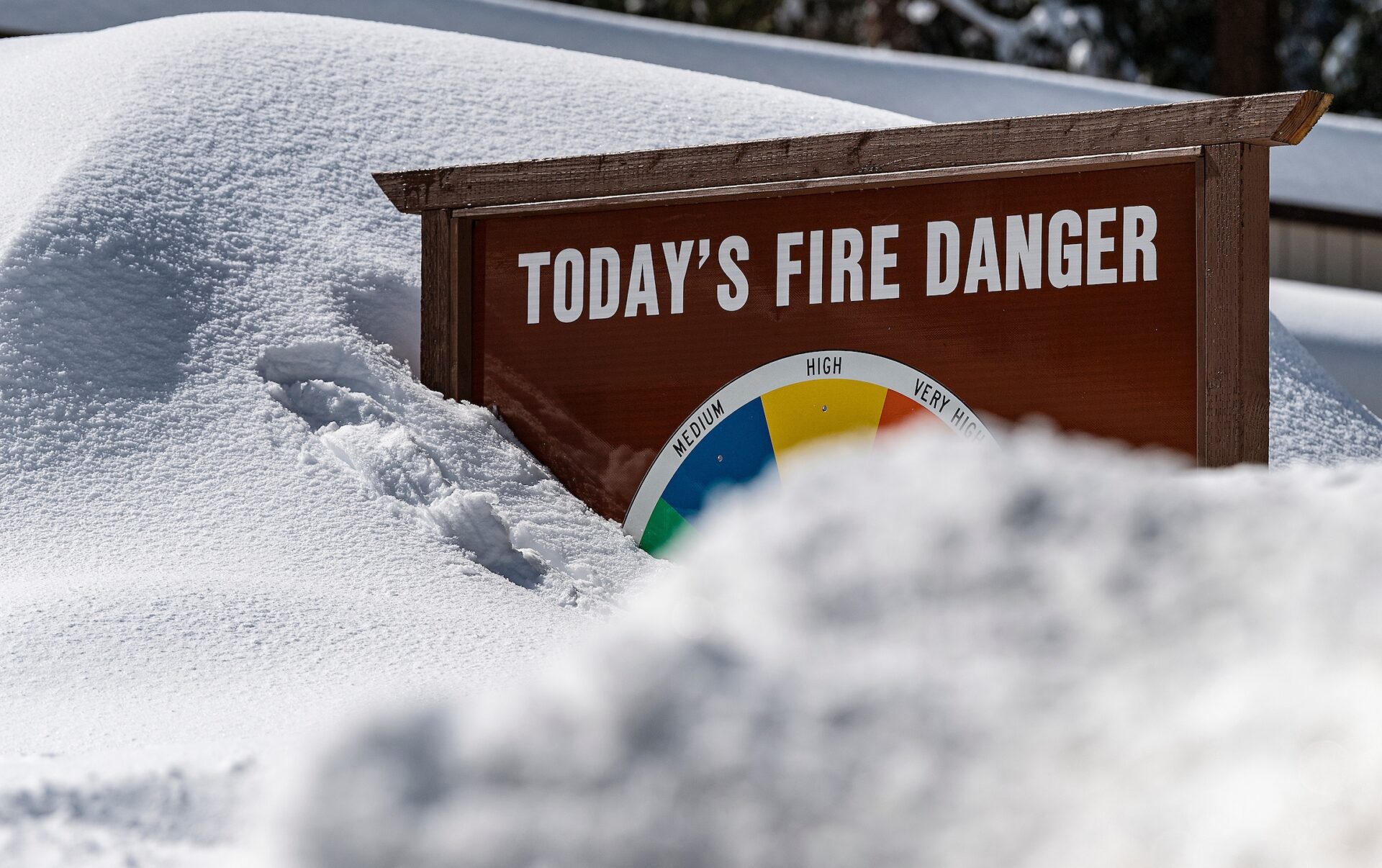
Californians are used to wild climate swings. Photo: Andrew Innerarity, DWR
I ask the experts at the Disasters Expo about their advice for getting or staying prepared.
Step one: “Secure your space,” emphasizes Mark Benthien, director for public education and preparedness for the Statewide California Earthquake Center. “The number one cause of injuries in earthquakes is things falling or flying, like bookshelves or televisions or small objects, or kitchen cabinets opening up and all the plates and glass going everywhere.”
Need to secure an object in your home? There’s a strap for that.
During an earthquake, for the love of Poseidon (Greek god of both seismic and ocean waves, as it turns out) don’t stand in a doorway — this is a popular and enduring myth. Instead, you should drop, cover, and hold on.
In bed? Stay in bed and cover your head with a pillow.
Step two: talk to people — preferably the people closest to you (geographically).
“You’re going to lose cell phone coverage, you’re going to lose your technology, you’re going to lose power,” says Steven Goldstein, a meteorologist with decades of extreme weather experience. Forget about calling your mom — unless she lives next door.
“You have to develop a network of people that you can reach to in your own community to mitigate the results of that disaster.”
Leading into step three: make a plan. Where will you go? What will you do? Where is there a safe place to regroup? What supplies do you need?
“Imagine going to school and you never study for a test because you think you’re going to do great no matter what,” says Ariel Cohen, head meteorologist of the National Weather Service in LA.
That’s what it’s like to not be prepared for extreme weather. He should know: I catch him after he shows the audience an alarming number of YouTube videos of local natural disasters — including a tornado! — during his talk “It’s Not Always Sunny in SoCal.”
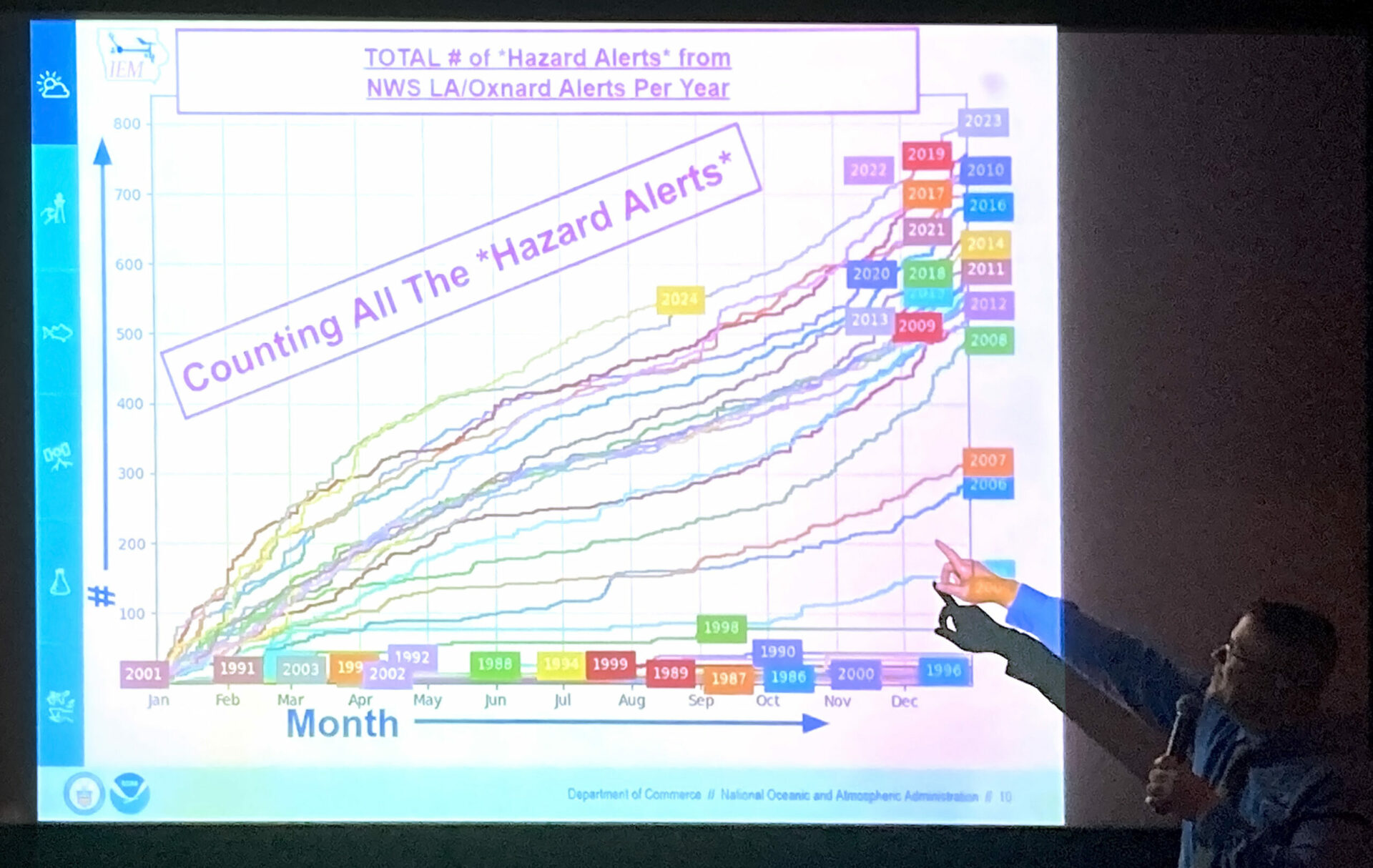
Lecture at the Los Angeles Expo. Photo: Maylin Tu
Which leads to step four: figure out how you’re going to get information in an emergency.
“Do you have a NOAA Weather Radio? Do you have a way to listen to the advice and guidance from emergency management officials?” asks Cohen.
It’s simple: if you can’t get the information you need, then you can’t act on your plan.
At this point, I’m feeling even more overwhelmed. I have no plan and no supplies, not even a single gallon jug of water from Ralphs. If anything, I feel guilty for not being more prepared. Is there a name for this? Disaster guilt? Paralyzing climate anxiety?
“People are too lazy to be proactive,” Ralf Quint, a Community Emergency Response Team volunteer, tells me. “Everybody is very quick with complaining if some shit goes down and then, ‘Oh, why is there nobody here to help me?’”
He points out that there are a limited number of firefighters and emergency responders in Los Angeles — a city of four million people.
“You need to be able to help yourself until somebody can come,” he says.
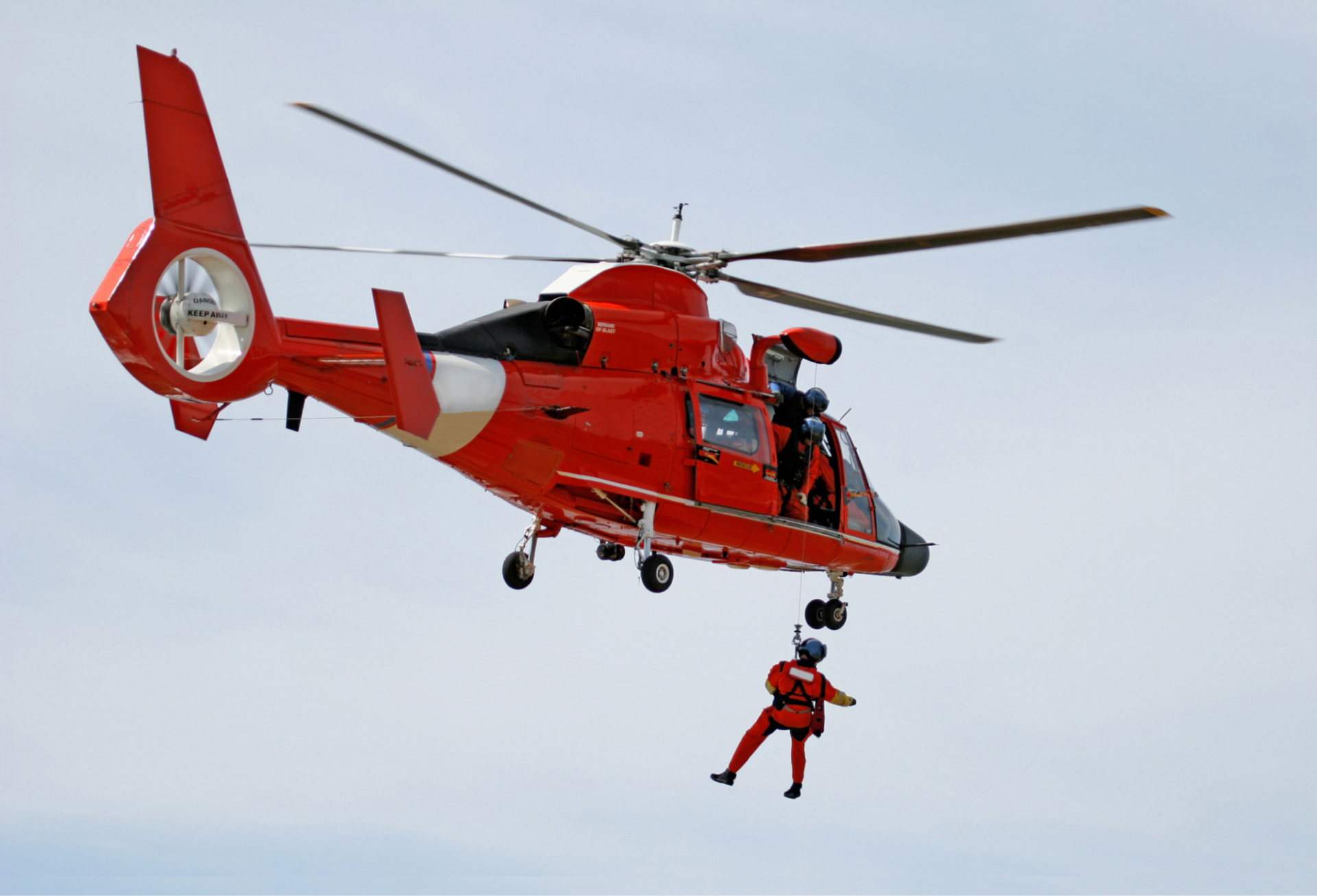
Coast Guard comes to the rescue over San Francisco Bay. Photo: Dan Cardiff
CERT training is a series of seven classes that will prepare you to help yourself and others during an emergency. The training is free and covers how to prepare and what to do during extreme weather events, whether it’s a hurricane, earthquake, fire, tornado, or tsunami.
For Quint, it’s personal. He lives in Kagel Canyon, where the 2017 Creek Fire burned down 16 homes in his neighborhood. That’s how he got involved with disaster response.
It hits me — I don’t need to wait for disaster to strike.
Step one: I go home and sign up for CERT training. The first class is next week.






